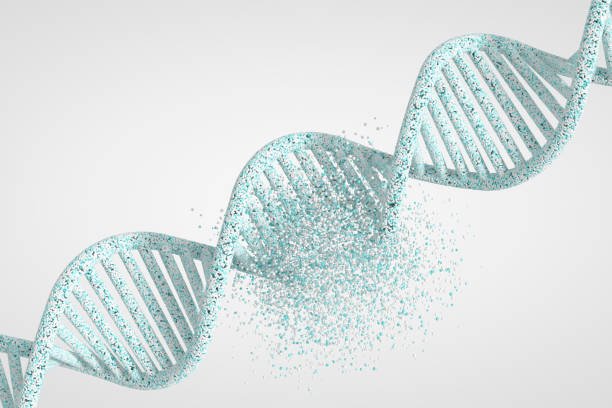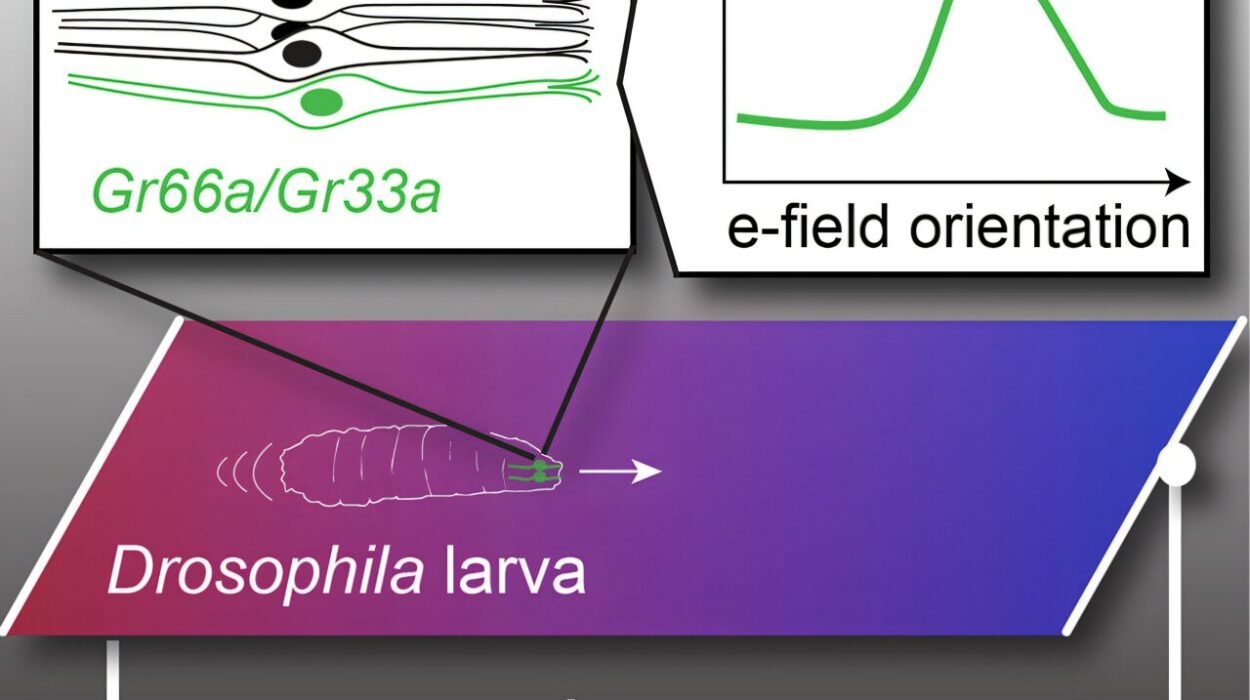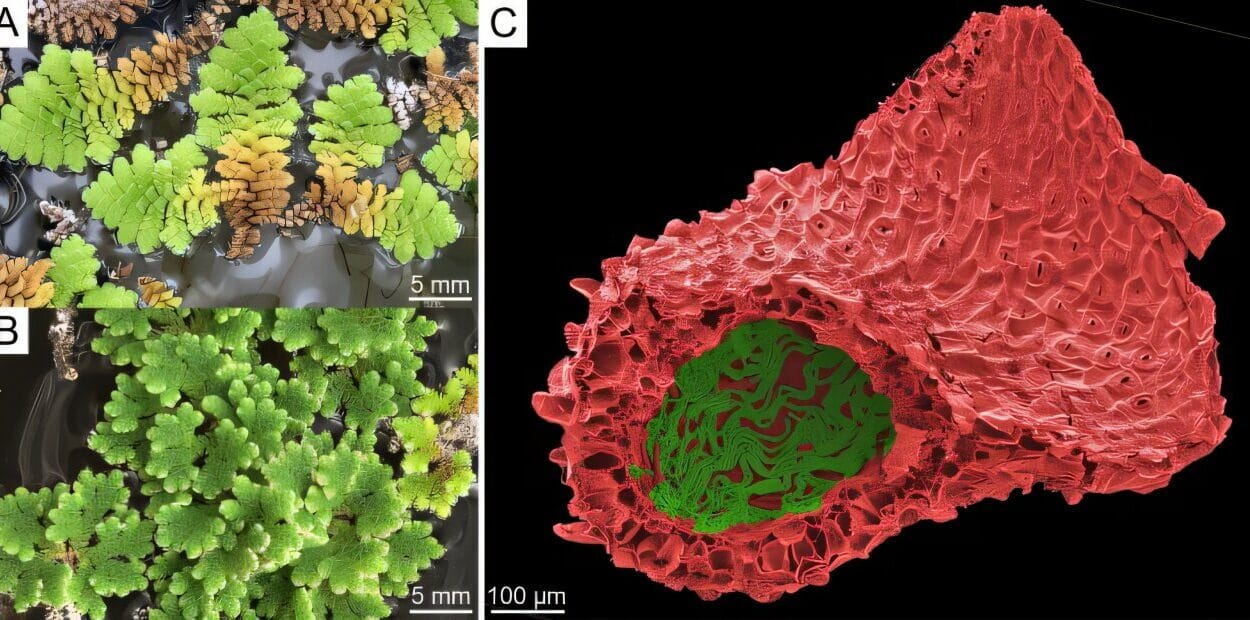Researchers from the University of California, San Diego (UCSD), led by a team of electrical engineers, have introduced an innovative method poised to revolutionize the way biologists conduct comparative analyses of entire genomes. This new method, called CASTER, offers unprecedented scalability for comparing full genomes across species and species’ evolutionary relationships over vast geological time scales. The method’s potential promises to uncover significant insights into the process of evolution and how life is interconnected across different species in the evolutionary tree.
CASTER (short for Comparative Analysis of Sequenced Transitions Across Evolutionary Relationships) represents a significant step forward in the biological study of genomes. It was outlined in detail in a groundbreaking paper published in Science on January 23, 2025. The approach is timely, especially as advancements in genomic sequencing are rapidly accelerating. With more genomes of living and extinct species being sequenced every year, CASTER can offer a scalable solution that makes it easier for biologists to study these genomes comprehensively.
The rise of phylogenomics—the use of genome sequencing data to understand the evolutionary history of species—has already provided crucial insights into the branching of life’s family tree. Yet, traditional methods often faced challenges. In the past, comparative genomic analyses relied on subsampling small regions of genomes, focusing only on fragments of sequences and leaving vast amounts of the genome unexplored. The challenge lay in performing full, genome-wide comparisons while accounting for complex evolutionary models. This limitation has now been overcome with CASTER.
Unveiling the Full Genome: What Makes CASTER Unique?
The key advantage of CASTER is its ability to perform comprehensive genome-wide analyses. Traditional methods of phylogeny reconstruction often relied on subsampling only a fraction of the genome due to the challenges of aligning, processing, and comparing entire sequences. CASTER, however, overcomes this problem by enabling biologists to use the entire genome in their comparisons. It performs analyses across every base pair, allowing for more accurate reconstructions of species relationships. This method is designed to be run with widely accessible computational resources, making it a far more scalable and efficient tool than previous models.
Siavash Mirarab, an electrical engineering professor at UCSD and the lead author of the paper, commented on the breakthrough saying, “Since the early 2000s, countless studies have claimed ‘genome-wide’ phylogeny reconstruction; however, these have been all based on subsampling regions scattered across the genomes, totaling only a small fraction of each full genome that is part of any given study. Analyzing all genomic positions while using complex models had seemed out of reach. What excites me is that we can now perform truly genome-wide analyses using every base pair aligned across species with widely available computational resources.”
As Mirarab emphasized, this leap in efficiency and computational accessibility addresses a longstanding challenge in genomics. CASTER’s ability to analyze the entire genomic data set is not just a minor upgrade—it offers a true genomic panorama that can reveal nuanced details that smaller, fragmented analyses could never uncover. This approach can now bring clarity to previously ambiguous areas in evolutionary history.
Enabling New Discoveries in Evolutionary Biology
Biologists can now analyze genomic data across the entire DNA sequence without worrying about missing data or relying on partial representations. The result is an evolutionary map with much greater detail and accuracy. This has profound implications not only for understanding the relationships between species but also for studying evolutionary events, such as speciation and adaptation, that have shaped life on Earth. By considering every piece of the genetic puzzle, CASTER brings more precision and insight into evolutionary processes.
It is expected that this new method will have major applications across several biological fields. Phylogenomic analyses, where researchers attempt to understand how different species are related over time, stand to benefit greatly. Using CASTER, biologists can more clearly chart out the tree of life, making evolutionary connections that might have been hard to see before. The software also opens new avenues for examining how diverse species with highly varying evolutionary pressures interact across different evolutionary epochs, from past ancient species to more modern lineages.
Incorporating genomic data from both extinct and living species is an important advantage that CASTER introduces into evolutionary research. The explosion in ancient DNA sequencing has enabled the study of entire genomes from extinct species, further expanding our understanding of human history and evolution. CASTER’s comprehensive, scalable approach makes these species comparisons far easier, offering new layers of insight.
“Understanding how the genome has evolved through time, how the evolutionary process has shaped it, and how diverse genetic elements contribute to present-day species’ traits will open doors to powerful research in areas like comparative genomics, functional genomics, and biotechnology,” said Chao Zhang, the paper’s first author. Zhang, who completed his Ph.D. at UC San Diego in Bioinformatics and Systems Biology, now holds a faculty position at the University of Copenhagen. He went on to add, “We now have a method that allows us to study the intricate historical evolution of species at a level of detail that was previously impossible to achieve.”
Collaborative Innovation: Bridging Disciplines
CASTER’s successful development is attributed to the combined efforts of experts across multiple disciplines—statistics, computer science, and biology—coming together to solve a complex challenge. In order to ensure both scalability and high accuracy, researchers had to integrate innovative computational tools that could process enormous amounts of data quickly while applying evolutionary models that are capable of accounting for the complexity of life’s development over billions of years.
As Zhang acknowledged, “Arriving at this milestone required combined efforts from many disciplines.” This multi-disciplinary collaboration played a critical role in overcoming the challenges inherent in handling and analyzing huge genomic datasets. It also paved the way for leveraging tools, techniques, and theories from unrelated fields like network analysis and machine learning to improve the predictions made in comparative genomics.
Given the variety of genomes now available, it is likely that CASTER will enable biologists to better align sequences from diverse species across both divergent and convergent evolutionary lines. It provides a tool that not only works with current genomic datasets but can scale with the incoming flood of sequencing data as next-generation sequencing technology becomes cheaper and more widespread.
Looking Forward: CASTER’s Impact on the Field of Genomics
The introduction of CASTER comes at a time when genomic sequencing efforts are accelerating rapidly. As more and more genomes—both ancient and modern—are sequenced, there is an increasing need for better tools that allow scientists to integrate these vast datasets in a meaningful way. Tools like CASTER are poised to meet this growing demand by giving researchers access to more detailed, efficient, and scalable methodologies for examining the entire genetic makeup of species.
In addition to its practical uses in evolutionary biology and phylogenetics, CASTER also offers a glimpse into the future of computational biology, where complex, large-scale genomic studies can be done rapidly and cost-effectively. It aligns with the future trajectory of precision medicine, biotechnology innovations, and even applications in conservation biology where understanding the genetic relationships between species can have far-reaching impacts.
One of the biggest promises of CASTER is its flexibility in future studies. As advancements in synthetic biology, genome engineering, and bioinformatics continue to unfold, technologies that enable us to probe the genetic blueprint of life more precisely are crucial. CASTER adds to the set of foundational tools that will shape the future of modern biology, with the potential to impact diverse fields from medicine and biotechnology to ecology and conservation.
Conclusion
CASTER’s introduction marks a landmark achievement in genomics by enabling truly genome-wide, scalable comparative analyses. This new approach opens up vast possibilities for understanding the evolutionary process in far greater depth and detail than ever before. The ability to examine entire genomes, from living to extinct species, offers a new perspective on how evolution has shaped present-day life and offers clues about where evolution might be taking the world’s organisms in the future. With its extensive applications, CASTER will surely play an important role in the next wave of groundbreaking biological discoveries.
Reference: Chao Zhang et al, CASTER: Direct species tree inference from whole-genome alignments, Science (2025). DOI: 10.1126/science.adk9688. www.science.org/doi/10.1126/science.adk9688






